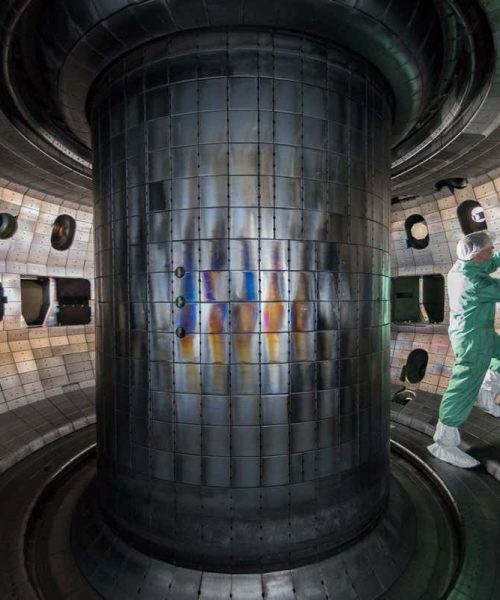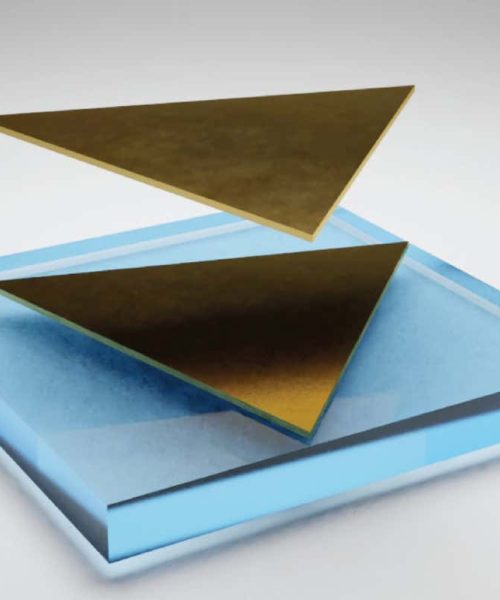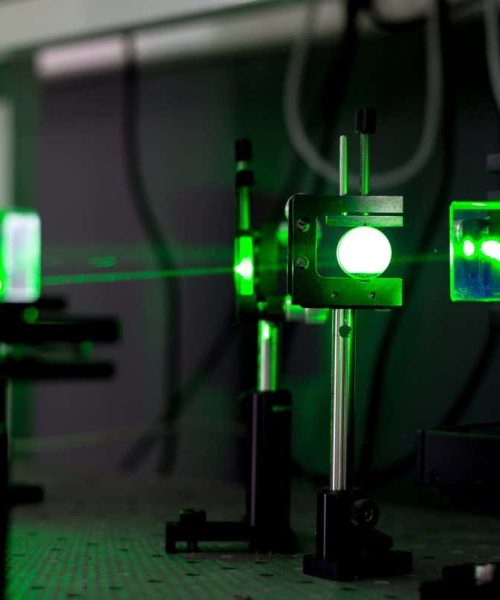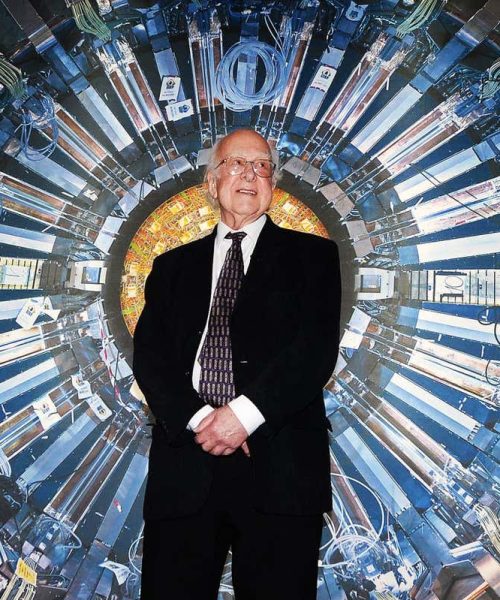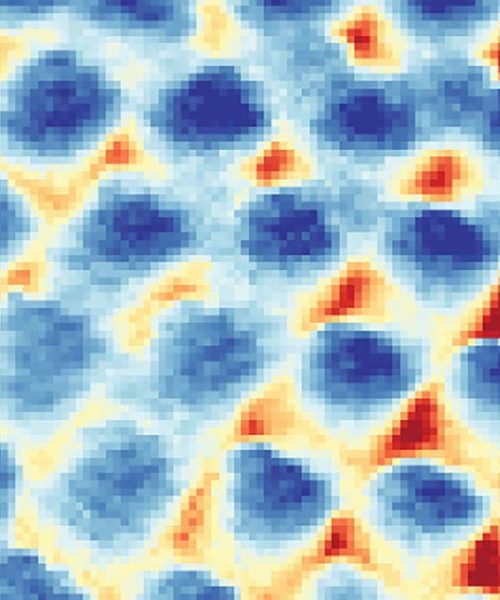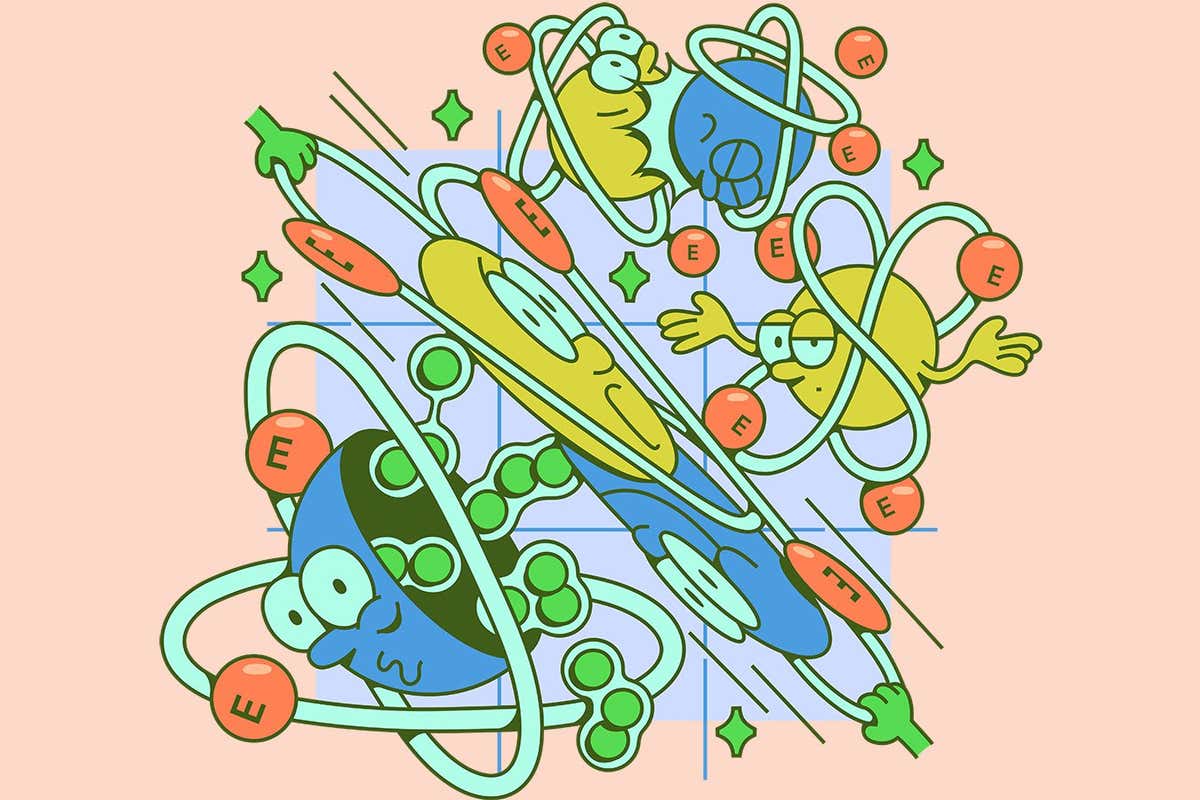
Hide your toys
DEEP in the heart of every atom lurk protons, tiny particles from which the chemical elements were forged, first in the searing heat of the big bang and then in the nuclear furnaces of stars. The number of protons in an atom determines whether it is hydrogen, carbon, oxygen or uranium. They make up more than 86 per cent of the visible matter in the universe by mass, and they are fundamental to our existence. Yet we still don’t really understand them.
It was just over a century ago that Ernest Rutherford demonstrated that protons are one of the basic building blocks of all atomic nuclei. Yet despite our best efforts in the intervening years, much about this ubiquitous particle remains shrouded in mystery.
Whether protons live forever, how big they are and what they are really made from are just some of the questions physicists continue to grapple with. Finding the answers won’t just change how we think about the particles themselves. It could alter our understanding of the universe and the fundamental laws that govern it. Here are five of the biggest unanswered questions about the proton.
1. What are protons made of?
The simple, oft-repeated story is that the proton is made of three quarks – two up quarks and one down quark – locked together by the vice-like grip of the strong nuclear force that binds atomic nuclei. However, when physicists started looking at higher and higher resolution, they discovered that around these three “valence” quarks in a proton is a churning, quantum-mechanical sea of other particles that pop in and out of existence.
Most of the time, …
